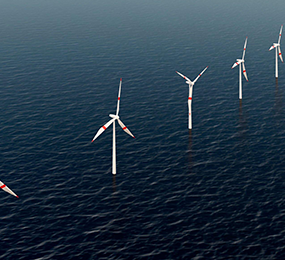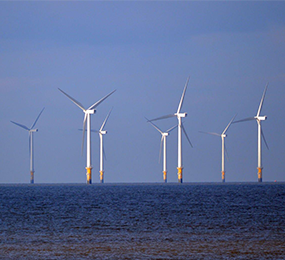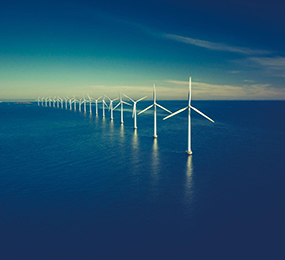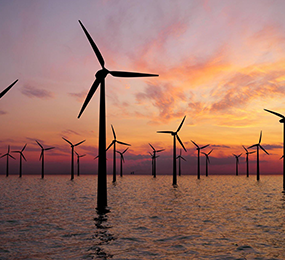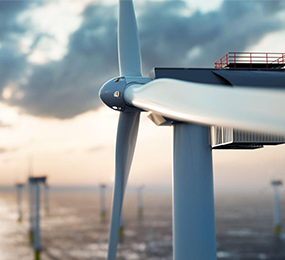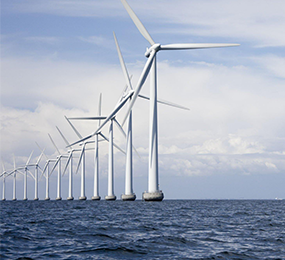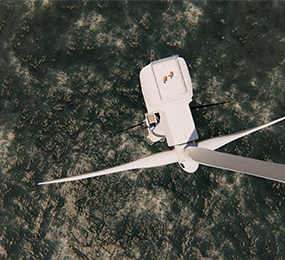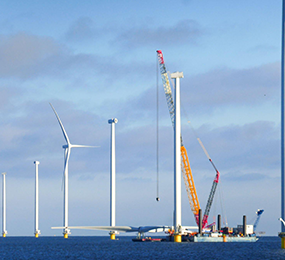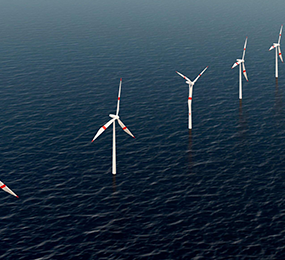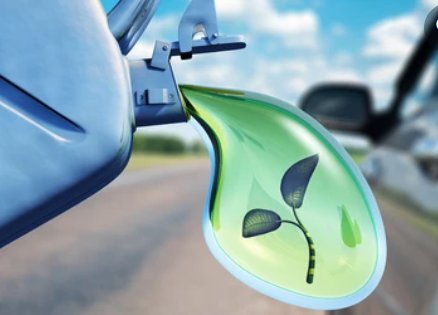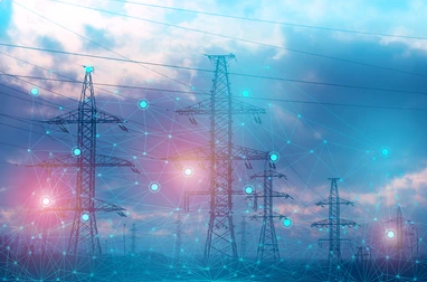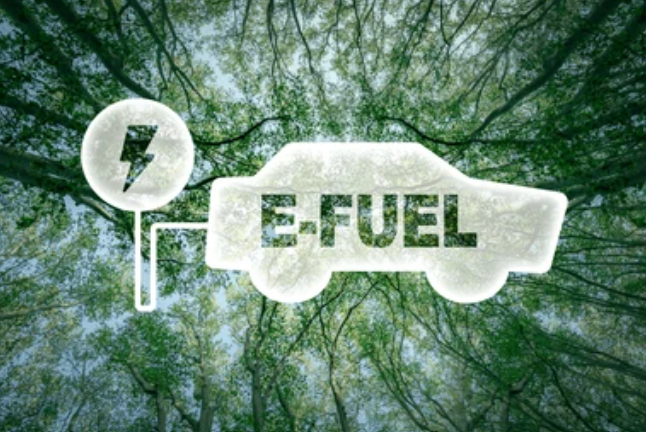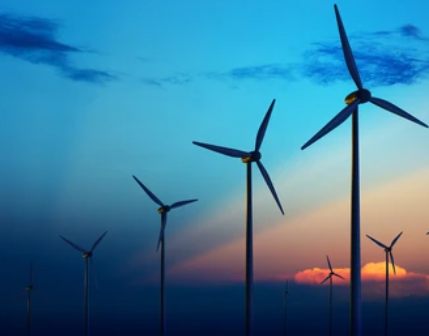Floating offshore wind energy is rapidly gaining traction as a viable and sustainable solution for clean energy generation. Several pioneering projects around the world have paved the way, demonstrating the technical feasibility and commercial viability of this innovative technology. Let's explore some of the most notable case studies that are shaping the future of floating wind.
Hywind Scotland: A Global First
Hywind Scotland, launched in 2017, was the world's first floating wind farm. Located approximately 25 kilometers off the coast of Scotland, this groundbreaking project comprised five floating turbines, each with a capacity of 33 megawatts. The success of Hywind Scotland proved that floating wind technology could withstand harsh ocean conditions and generate reliable electricity.
Hywind Tampen: Expanding the Horizons
Building upon the success of Hywind Scotland, Equinor developed Hywind Tampen, the world's largest floating wind farm to date. Located in the North Sea, approximately 115 kilometers from the Norwegian coast, this project consists of 11 floating turbines, each with a capacity of 8 megawatts. Hywind Tampen is notable for its innovative design and its role in powering offshore oil and gas platforms, demonstrating the potential for floating wind to support other energy sectors.
Japan's Floating Wind Pioneers
Japan has been a frontrunner in floating wind development, with several projects underway. The Choshi Ohashi Wind Farm, located off the coast of Chiba Prefecture, was one of the earliest floating wind projects in Asia. This project, consisting of five floating turbines, has been a valuable learning experience for the Japanese industry.
The United States Takes Flight
The United States is also making significant strides in floating wind. The Principle Power Wind Energy Project, located off the coast of Oregon, was one of the first floating wind projects in the country. While still in the development stage, this project holds promise for expanding the United States' renewable energy portfolio.
Lessons Learned and Future Outlook
These case studies offer valuable insights into the challenges and opportunities associated with floating wind development. Key lessons learned include the importance of robust mooring systems, advanced turbine design, and effective grid integration. As technology continues to evolve and costs decline, floating wind farms are poised to become a more common sight in the world's oceans.
These pioneering projects have not only demonstrated the technical feasibility of floating wind energy but have also paved the way for future developments. As the industry matures, we can expect to see even larger and more efficient floating wind farms, contributing significantly to the global transition to clean energy.
To register or learn more about the Forum please check here: https://www.leadventgrp.com/events/5th-annual-floating-wind-europe/details
For more information and group participation, contact us: [email protected]


